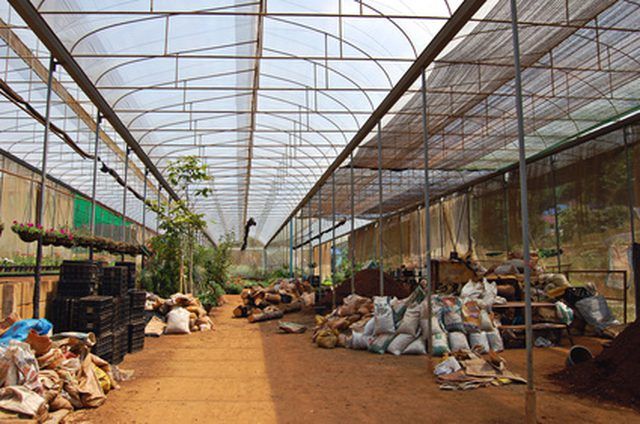Bulbs
Flower Basics
Flower Beds & Specialty Gardens
Flower Garden
Garden Furniture
Garden Gnomes
Garden Seeds
Garden Sheds
Garden Statues
Garden Tools & Supplies
Gardening Basics
Green & Organic
Groundcovers & Vines
Growing Annuals
Growing Basil
Growing Beans
Growing Berries
Growing Blueberries
Growing Cactus
Growing Corn
Growing Cotton
Growing Edibles
Growing Flowers
Growing Garlic
Growing Grapes
Growing Grass
Growing Herbs
Growing Jasmine
Growing Mint
Growing Mushrooms
Orchids
Growing Peanuts
Growing Perennials
Growing Plants
Growing Rosemary
Growing Roses
Growing Strawberries
Growing Sunflowers
Growing Thyme
Growing Tomatoes
Growing Tulips
Growing Vegetables
Herb Basics
Herb Garden
Indoor Growing
Landscaping Basics
Landscaping Patios
Landscaping Plants
Landscaping Shrubs
Landscaping Trees
Landscaping Walks & Pathways
Lawn Basics
Lawn Maintenance
Lawn Mowers
Lawn Ornaments
Lawn Planting
Lawn Tools
Outdoor Growing
Overall Landscape Planning
Pests, Weeds & Problems
Plant Basics
Rock Garden
Rose Garden
Shrubs
Soil
Specialty Gardens
Trees
Vegetable Garden
Yard Maintenance
Plant Damage From Too Much Fertilizer
Plant Damage From Too Much Fertilizer. Fertilizer is a good way to help your plants grow big and strong, especially if they are in nutrient-poor or unbalanced soils. The three primary nutrients supplied by fertilizers are nitrogen, phosphorus and potassium; however, you may choose a different fertilizer mix depending on your soil and personal...

Fertilizer is a good way to help your plants grow big and strong, especially if they are in nutrient-poor or unbalanced soils. The three primary nutrients supplied by fertilizers are nitrogen, phosphorus and potassium; however, you may choose a different fertilizer mix depending on your soil and personal preference. Whatever you choose, never overfertilize: it can have negative consequences ranging from weed invasions to a chemical burn.
Fertilizer Burn
Quick-release fertilizers are designed to provide a large amount of nitrogen to the soil. In moderation, this can be a good thing. If you use too much quick-release fertilizer and then overwater or have a heavy rain, your soil can suddenly become saturated with nitrogen. This can kill plant roots. If plants get five to 10 times the amount of nitrogen they need, they will "burn," turning the color of straw and dying from the tips down. Once this happens, plants can not be saved. In the case of lawn grass, water heavily to flush away the excess chemicals.
Overgrowth
A more common problem with overfertilization is that your plants will produce a lot of leaf matter very quickly. Overfertilized tomatoes, for example, will grow leaves very quickly and produce less fruit. Overfertilization of lawns can mean the grass grows very quickly, needing to be mowed more often; this can be tough on your mower as well as your grass.
Weed Encroachment
Fertilizers don't just affect the plants to which they are applied. In fact, fertilizing the soil around your "wanted" plants can also encourage weeds. This can particularly affect lawn grasses that have been growing very quickly due to overfertilization: because of their fast growth, they are mowed more often, which can kill them off and allow hardier weeds to take hold. Weeds can sometimes be treated with a "weed-and-feed" fertilizer that kills some plants while encouraging others, but these chemicals can be dangerous to use with sensitive plants such as dogwoods.
Fungi
Brown patch and Pythium blight are two types of fungus-caused diseases that commonly affect lawns and golf courses. These diseases are often related to overfertilization: they thrive on heavily fertilized, moist and poorly-drained soils. Brown patch and Pythium are most common in warm, humid weather. They spread via mycelium (fungus threads) and can be devastating to plants.
Recommendations
Instead of giving plants one big dose of fertilizer, fertilize in small amounts throughout the season. If this is too much work, choose a slow-release nitrogen fertilizer. Follow the manufacturer's instructions carefully, and if you aren't sure, err on the side of caution. It is much easier to add more fertilizer later than to flush it out of the soil when plants start dying.